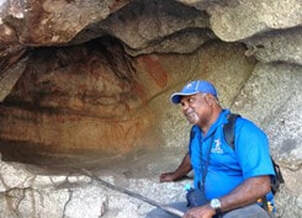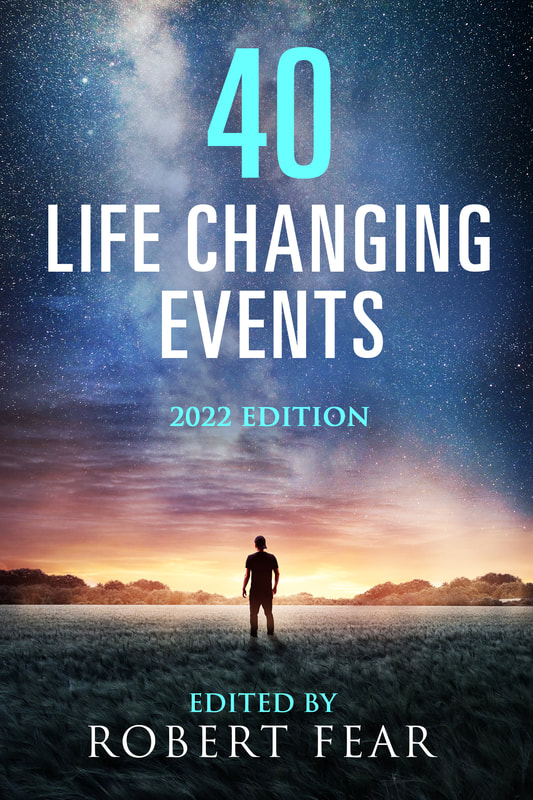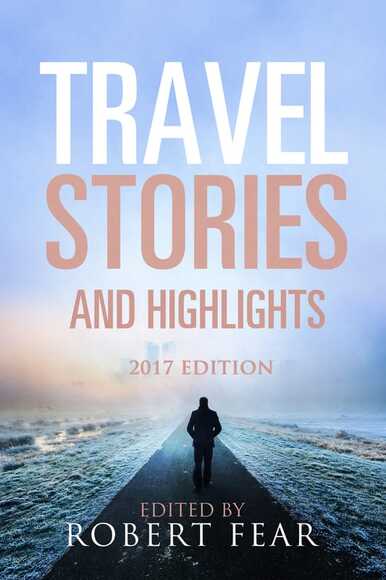Aboriginal culture, Queensland, Australia by Shirley Read-Jahn
It was our second day in Cooktown in April of 2013. A thrill went through me with the arrival of Willie in his air-conditioned mini bus. I’d been told that Willie is a fount of information, an aboriginal guide to his people’s rock art, found in caves in areas tourists would never be allowed to go. I knew very little about aboriginal culture and now, here I was, recently arrived in my new country of Australia and about to meet a very special aboriginal man and learn from him about his people.
Willie is a Nugal-warra Elder in his Guurrbi community. He has a French friend who happens to own the land where Willie’s ancestors painted in caves. Willie has become responsible for this precious artwork. As he says, it’s not his, he didn’t do it, but his grandfather did paint some, and people of his tribe did, probably going back some 15,000 to 20,000 years. His tribe wasn’t around 40,000-60,000 years ago, which is the period when scientists believe the aboriginal people first lived in Australia, but some of the paintings he showed us were old, very old indeed.
How to describe what I learned from Willie? Impossible; there was so much, ranging from interesting to fascinating. We were with Willie for over four hours, climbing in the low hills, over rocks (aided by stout sticks he lent us), and under the overhangs of caves, learning, marvelling, absorbing everything as he talked. He explained who the aboriginal people were, who they still are, what they believe, both on the practical (physical) plane and spiritually. How the education of both the aboriginal people and the whites is paramount for getting the aboriginal people out of the alcoholic and drug rut so many of them have landed in. He explained his opinion on why this has happened.
He said social conditions such as poverty and a lack of education are primary factors. Alcohol was brought to the aborigines by the Europeans when they first came to Australia. Aboriginal and Torres Strait Islanders are 1.2 to 1.3 times more likely to drink alcohol than are white people. Aborigines use amphetamines, cannabis, analgesics, sedatives, and kava as drugs of choice. Much of this use is due to their feelings of disadvantage and intergenerational trauma, poor psychological states regarding their autonomy, and often their lack of ability to find work. The political situation within the last couple of centuries has impacted many of them—where their children were taken from them and forced to blend in with the whites, disallowed to speak their own language, strongly encouraged to forget their customs. This trauma is called “The Stolen Generations” when Australian governmental policies took the children from their families over the period of the mid-1800s to the 1970s. The aborigines’ mindset is different from whites’ in that they will sometimes feel the need to “go walkabout”, to just take off on a wander, even if they are holding employment. Thus, they are seen by whites as poor workers, unreliable, and often incompetent. As I listened to him, my heart hurt. Aboriginal people don’t tend to travel away from Australia, so I had never known any prior to moving to this huge land.
Willie next showed us how his people survived in the outback. He had my sister, Pam, rub red crystals from a Bloodwood Gum, one of the many Eucalyptus trees, to create a powder, then add water to produce a sticky skin bandage. He had our friend, Lizzie, take other leaves, rub them together with water thereby creating a phenomenal organic soap which left her hands soft as a baby’s bottom. He had my husband, Horst, pick up a dry cupped leaf into which he poured a few drops of water, Willie having spotted a tiny lizard which none of us could even see at first. Then he had Horst offer the leaf-water quietly and steadily to the lizard, which drank it gratefully.
Willie told us about food, that aboriginal people call bush tucker, how they used to follow a “food calendar” by observing when, for example, a certain wattle tree (a type of Acacia) is in bloom, and that’s when they’d know the time was ripe to take eggs from the brush turkey’s huge nest in the forest. As we sat in the shade of an ancient cave, absorbing much information, he said he hoped to enlighten us with this knowledge about his people. He hoped we could alter any preconceived ideas we might have had about his people, and help others to understand, so that the Australian people, both black and white, can know each other better. Only good can come of that.
Sitting in that cave, with white handprints and paintings on the walls made by his ancestors and other long-gone aborigines, Willie questioned our philosophy. He spoke of the entity whites call “God” and what that means to us, and he made us think about and analyse so many aspects of our learning to date. He described the beliefs of his people, and the impact of Christianity brought to this land upon them.
To truly understand aboriginal rock paintings, you must have an interpreter who can tell you the stories, translate what the art is saying. Philosophy arose again and again. A painting of a person with a halo around its head...who is that? There is a blank face in the painting. So whose face should be in there? He questioned us. Yours? The man you call Jesus? If not yours, don’t you need to love yourself before you can love others? My description of Willie’s explanations could sound far too simplistic, but this is my attempt to show that this tour wasn’t just to show and explain aboriginal rock art, it was Willie’s intention to explain his people’s thought processes as compared to ours. Their art all tells a story, and, as he said repeatedly, you absolutely need an interpreter to understand its meaning. Only aboriginal Elders can properly explain these stories, an Elder such as Willie himself.
He led us to other caves where he showed us rock art corners dedicated to children, with stick people drawings. He showed us monsters, used by parents to warn children of dangers via pictures of boogie men. I thought of our Western fairy tales. We saw art done by Willlie’s own grandfather. We saw bodies drawn with lines representing bones, and these were spirits that you could see through, as opposed to the practical, the living, which are paintings coloured through solidly.
Art with dots is usually done by desert aboriginal people. Willie told us so much more but suffice it to say that it was an incredible experience and an honour to be in this Elder’s presence and learn from him. A wise man, indeed. All-in-all, Willie gave us an insight into his culture and society and shared his people’s ancient philosophy which showed us how to engage with the environment to better understand ourselves. He told us that it is aborigines’ Dreamtime, those stories that give his people their history, their identity, and their sense of belonging. I asked him to explain aboriginal dreamtime.
Dreamtime describes the most important of aboriginal spiritual beliefs and is not well understood by white people. Aborigines believe that Dreamtime goes way back to the very beginning of time. All the land in Australia, all the people, all the plant life, all the animals, every hill, every river, every grain of sand, all were created by the spirits of their ancestors. The ancestors gave each tribe its special land, its totems and beliefs, and even its tools to hunt and live, and its songs and dreaming. And it is their songlines that are the pathways that cross the entire continent, putting all their sacred sites and geographical locations into the correct place in the whole of aboriginal culture.
My brain teeming with information and new understanding, I felt my eyes had been opened as we drove away from Cooktown the following day. Every anthill, rock and tree seemed to speak to me in a new way. I wondered what it must be like to live as a perceived second-class citizen in one’s own country, where one’s ancestors had dwelt for nigh on 60,000 years. It was only on 13th February 2008 that then Prime Minister Kevin Rudd offered a formal apology to Australia's indigenous peoples, particularly “The Stolen Generations”, on behalf of the nation at Australian Parliament House. The apology was presented as a motion for voting to the Chamber. Yet to this day, aboriginal people aren’t treated equally in this country, with many whites still feeling superior.
Ten years have passed since my adventure in Cooktown. As part of the Australian Government's commitment to implement the Uluru Statement from the Heart, a referendum will be held between October and December 2023 to recognise Aboriginal and Torres Strait Islander peoples in the Constitution by establishing an Aboriginal and Torres Strait Islander Voice. In my opinion, about time.
|
Willie’s tribal Guurrbi homeland. He is a Nugal-warra Elder in his community
Willie's ancestors' rock art
Willie explains the meaning of a blank face
The boogie man rock art
Lizzie & Pam transfixed by Willie's teaching
|
Pam & Lizzie with their bush products
Willie interprets his ancestors' rock art
Halo rock art, with the blank face
Horst giving a tiny lizard a drink
A ghost spirit body you can see through
|





















